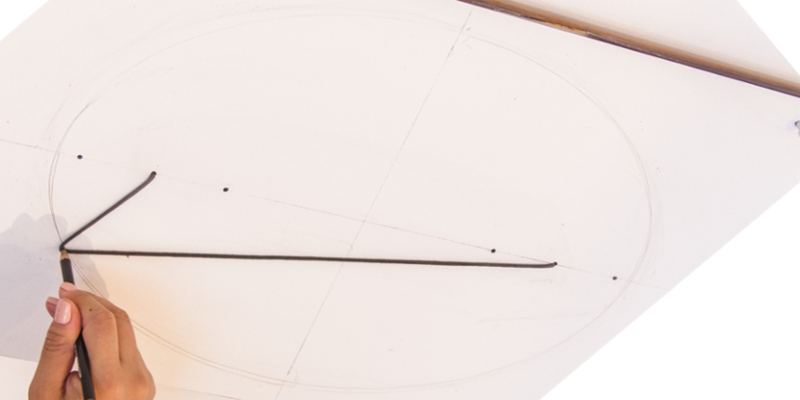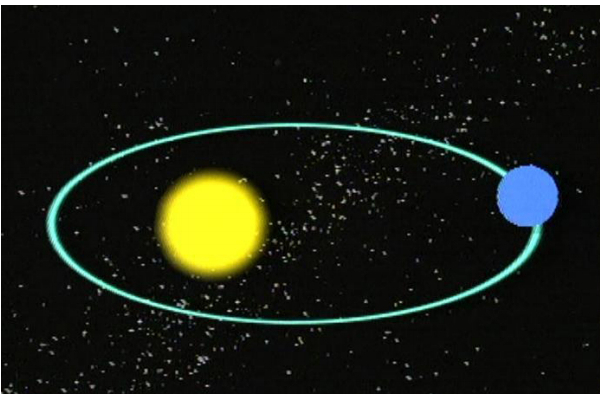ELLIPSOGRAPHS
As the name implies, an ellipsograph draws an ellipse. There are several mechanisms that draw ellipses, and to understand how each one works is to understand some characterization of this curve.
But what is an ellipse? There are several possible characterizations.
The most usual is as the locus of points whose distances from two fixed points (focals) add up to a constant. Another is that they are the coordinate points (a cosθ, b sinθ), with a and b fixed and θ ranging from 0 to 2π.



In the Renaissance, several proposals for mechanisms that draw curves appeared. The practical applications were many: problems of perspective and projection in drawings and plans, studies for the construction of sundials, astrolabes, etc.
Kepler showed that the conic curves (ellipses, parabolas and hyperbolas), studied by Apollonius almost two millennia earlier, appear in the motion of the planets and comets of the Solar System.

